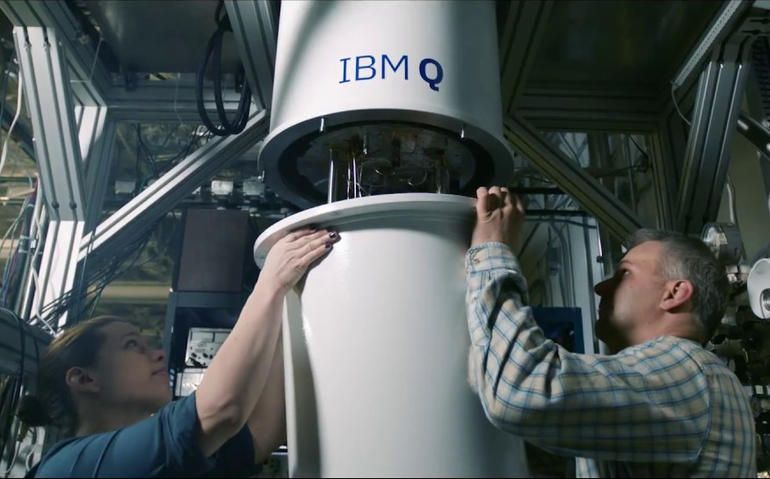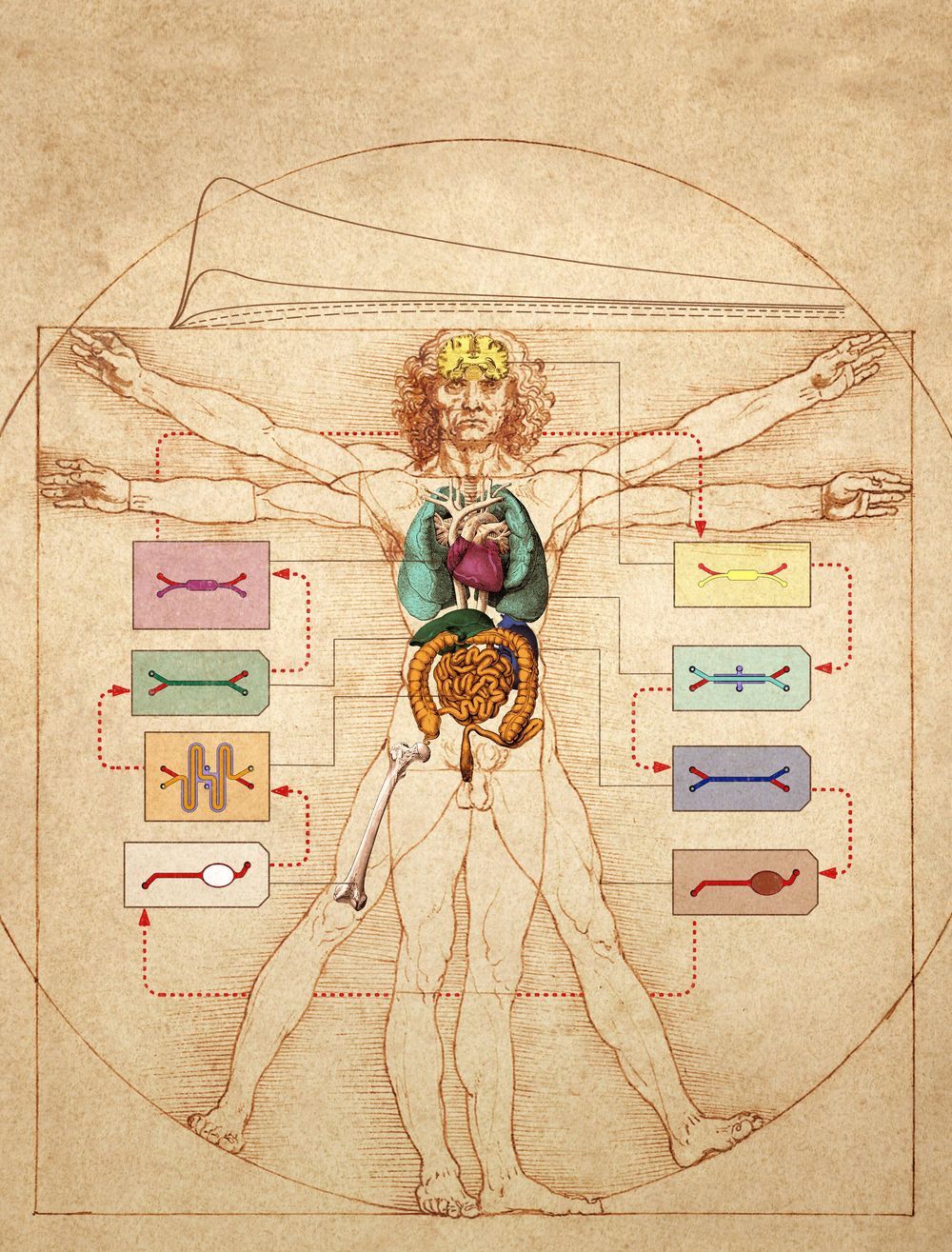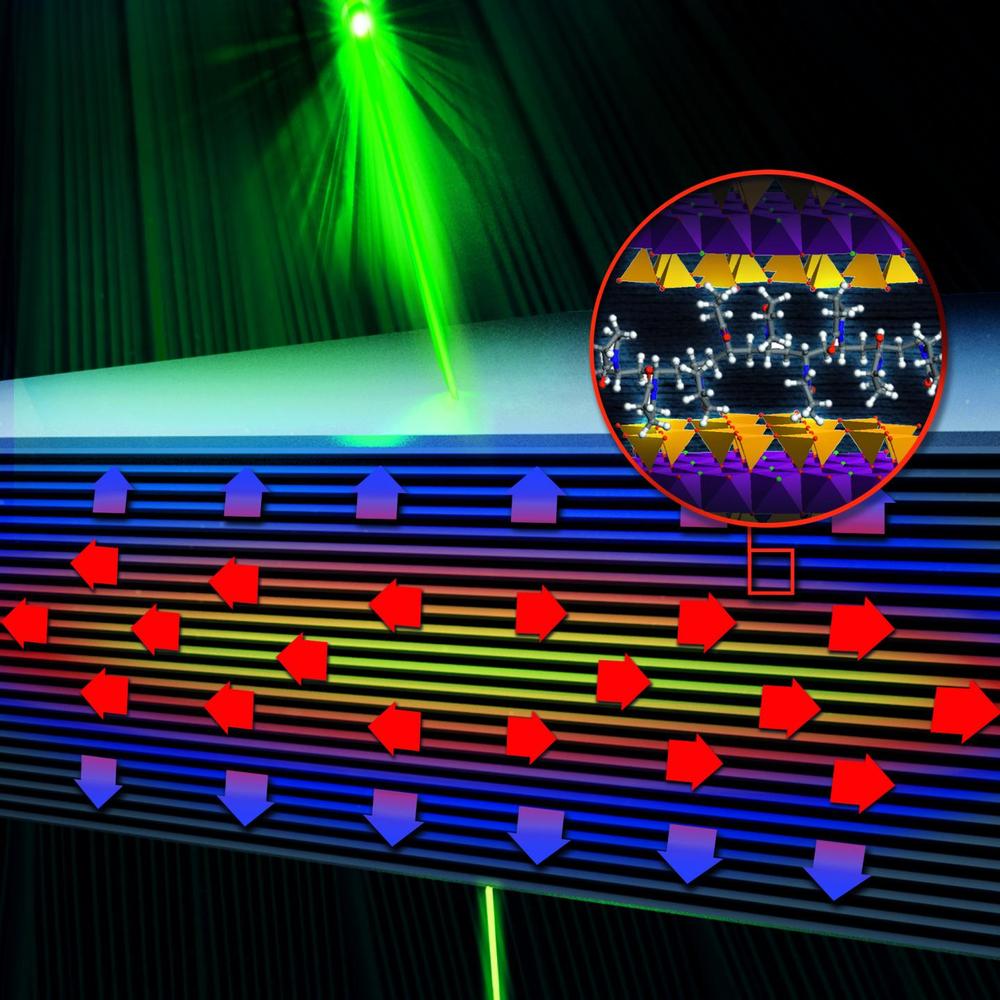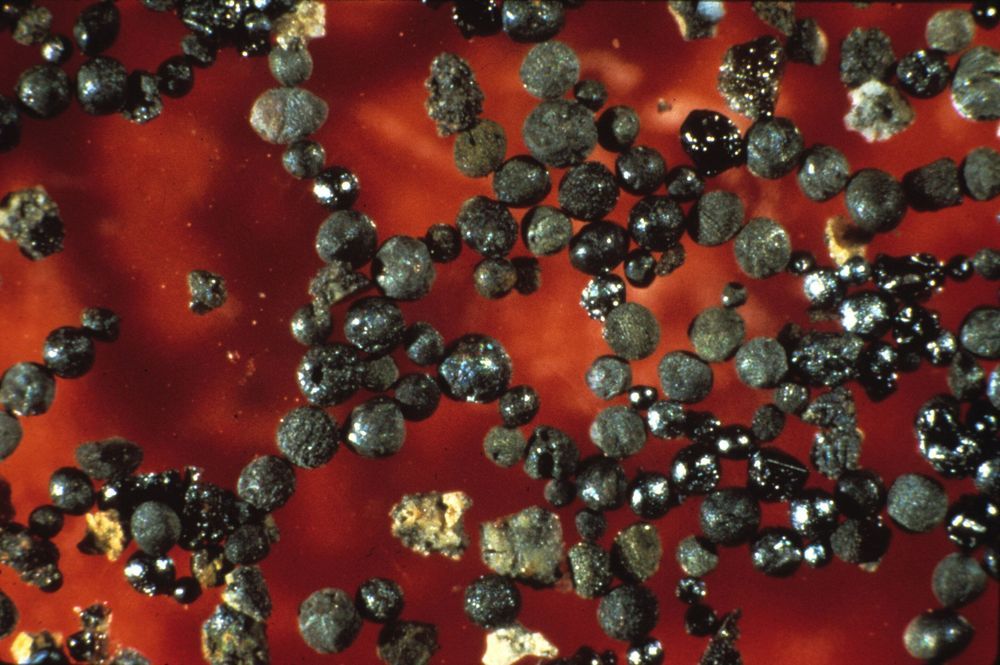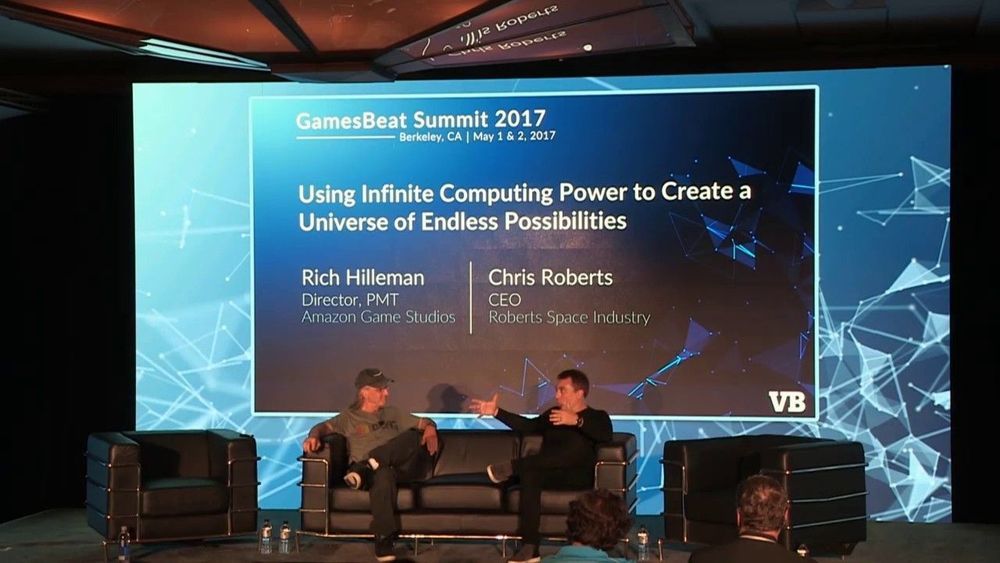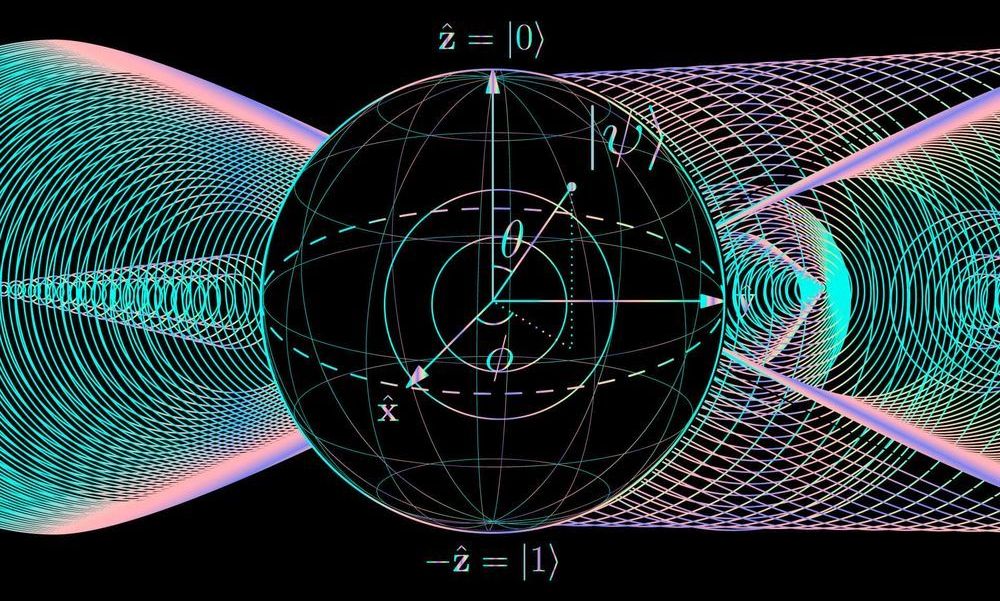Jan 28, 2020
IBM And University Of Tokyo Launch Quantum Computing Initiative For Japan
Posted by Saúl Morales Rodriguéz in categories: computing, education, government, information science, quantum physics
IBM and the University of Tokyo will form the Japan – IBM Quantum Partnership, a broad national partnership framework in which other universities, industry, and government can engage. The partnership will have three tracks of engagement: one focused on the development of quantum applications with industry; another on quantum computing system technology development; and the third focused on advancing the state of quantum science and education.
Under the agreement, an IBM Q System One, owned and operated by IBM, will be installed in an IBM facility in Japan. It will be the first installation of its kind in the region and only the third in the world following the United States and Germany. The Q System One will be used to advance research in quantum algorithms, applications and software, with the goal of developing the first practical applications of quantum computing.
IBM and the University of Tokyo will also create a first-of-a-kind quantum system technology center for the development of hardware components and technologies that will be used in next generation quantum computers. The center will include a laboratory facility to develop and test novel hardware components for quantum computing, including advanced cryogenic and microwave test capabilities.

